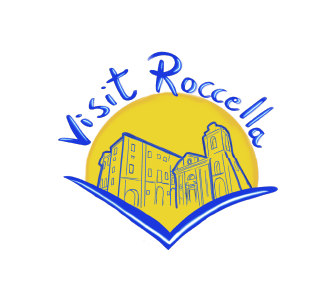translated with AI
You find yourself in the Metropolitan City of Reggio Calabria, in the heart of Locride. You gaze out at the sea, immersing yourself in the storytelling of Roccella Jonica, and over twenty uninterrupted years of the Blue Flag, the prestigious international recognition awarded by FEE, come to mind. There’s also the Green Flag, which rewards beaches with the best child-friendly services, the Blue Flag harbors, and the five gold anchors for the important and efficient tourist port. A promenade with spaces equipped for children, families, and modern and highly inclusive fitness areas for vulnerable groups. As you continue the narrative of Roccella Jonica, you observe the urban context and encounter the identity story of a community revolving around the figure of Fabrizio Carafa I, Prince of Roccella, his grandson Gregorio Carafa, 62nd Grand Master of the Order of Malta in the late 1600s, and Carlo Maria Carafa, who, having moved to Mazzarino, participated several times in the Sicilian Parliament and founded the city of Grammichele, the first city in Europe with a hexagonal plan. All eclectic figures from the Carafa family, feudal lords of Roccella from 1479 to 1806, first with the title of Lords, then from 1594 with the title of Princes.
The imposing Castle with the attached Church of the Carafa Princes, along with the Tower of Pizzofalcone, dominated the oldest nucleus, now restored to us with the identity of Borgo Carafa, a place that develops from the walled city. On one side, it follows a path halfway up the hill, embracing through a typical medieval route the ancient noble palaces, the Church, and the Cloister of San Giuseppe, the Church of Santa Anastasia, and other ancient churches, the Jerusalemite Priory of Roccella, and multiple squares, ancient agoras. On the other hand, it extends through equipped pedestrian paths that descend towards the valley, traversing what we now recognize as the “hill park” until reaching the slopes of the Castle.
Right there, on the slopes, when the experiential journey seems to end, a suggestive theater emerges which has been hosting the Roccella Jazz Festival “Rumori Mediterranei” for over 40 years, making Roccella Jonica one of the most coveted world capitals for jazz lovers. Adjacent to the Zirgone stream, in a picturesque position, rises the Sanctuary of Maria S.S. delle Grazie. Roccella Jonica hosts cultural and tourist events of national and international level, including the aforementioned Roccella Jazz Festival, and important events that make entire generations sing in the suggestive location of the Castle Theater, inside Borgo Carafa.
Roccella Jonica is highly geared towards tourism, boasting good and varied accommodation options, and employs a digital communication strategy through the portal www.visitroccella.it, connected social media, and the dissemination of summer events through infographics equipped with QR codes placed in every accommodation facility. It is consolidating its expressed peculiarities, even from a modern perspective, with the aim of intercepting a varied target of tourists.
Architectural and landscape recovery activities within Borgo Carafa have been completed, focusing also on wedding and conference tourism, historical and scientific dissemination in an innovative way: the Carafa Castle hosts the MusMIR, the Multimedia Immersive Museum of Roccella. Through multimedia paths, augmented reality, holograms, tourists interact engagingly and realistically with the history and historical figures of Roccella Jonica, from the Magna Graecia period to the contemporary era represented by jazz music, engaging in dialogue with animated portraits of the Carafa Princes, in an immersive environment designed to excite and disseminate historical content. Borgo Carafa and MusMIR, in addition to their consolidated environmental qualities already resulting from extensive recognition, have become the heart of cultural tourism offerings.
Roccella Jonica is employing every energy to effectively govern its digital transformation strategy by implementing a design of digital services aimed at citizens and tourists with the intention of making Borgo Carafa, but more generally the entire diverse context, a place with enviable historical, cultural, environmental, and touristic prerogatives capable of being enjoyed innovatively, easily, and friendly, fueling the combination of smart & slow tourism.
